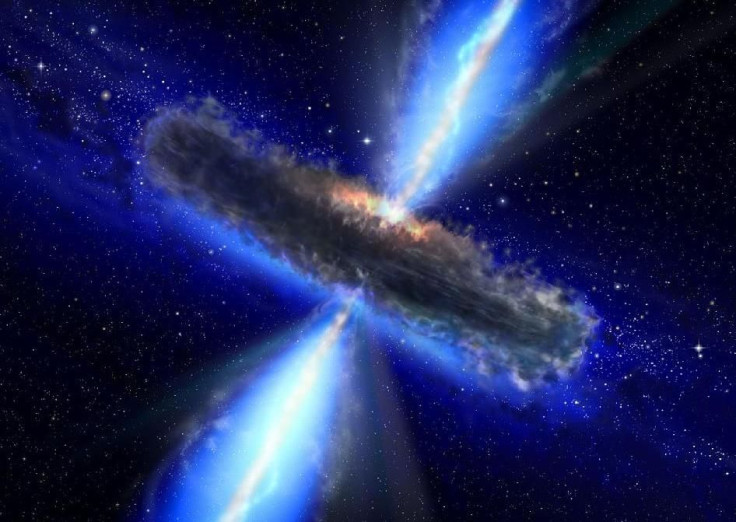‘Most Precise Measurement’ Of Early Universe’s Expansion Determined

Astronomers from the Sloan Digital Sky Survey, or SDSS, said that they have made the most precise measurement yet of the expanding universe in its early stage.
According to the astronomers, they have examined 140,000 quasars -- highly energetic and the most distant objects ever detected in the universe -- to measure the rate of expansion of the universe when it was only one-quarter of its present age of approximately 13.8 billion years. The scientists combined two different methods of using quasars and intergalactic gas to measure the rate of expansion of the universe and found that 10.8 billion years ago, the universe was expanding by one percent every 44 million years.
“If we look back to the Universe when galaxies were three times closer together than they are today, we'd see that a pair of galaxies separated by a million light-years would be drifting apart at a speed of 68 kilometers per second as the Universe expands,” Andreu Font-Ribera of the Lawrence Berkeley National Laboratory, in California, said in a statement.
The Baryon Oscillation Spectroscopic Survey, or BOSS, the largest component of the third SDSS, pioneered the technique of measuring the structure of the young universe by using quasars to map the distribution of intergalactic hydrogen gas, according to scientists.
“Three years ago, BOSS used 14,000 quasars to demonstrate we could make the biggest 3-D maps of the Universe,” David Schlegel of Lawrence Berkeley National Laboratory and the principal investigator of BOSS, said in the statement. “Two years ago, with 48,000 quasars, we first detected baryon acoustic oscillations in these maps. Now, with more than 140,000 quasars, we've made extremely precise measures of BAO.”
Baryon acoustic oscillations, or BAO, refer to regular, periodic fluctuations in the density of the visible baryonic matter -- composite subatomic particles -- of the universe.
According to scientists, the positions of the gas clouds were mapped in three dimensions and, at different distances, the gas blocked different-colored light from the quasars. BOSS determined the expansion rate by using these maps to measure the size of the BAO pattern at different periods of cosmic time.
“These new measurements provide key data for astronomers seeking the nature of the dark energy postulated to be driving the increase in the expansion rate of the Universe,” scientists said.
© Copyright IBTimes 2024. All rights reserved.






















